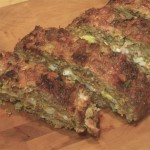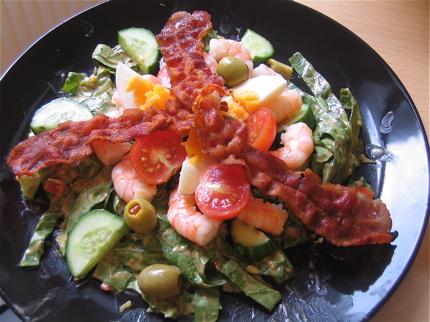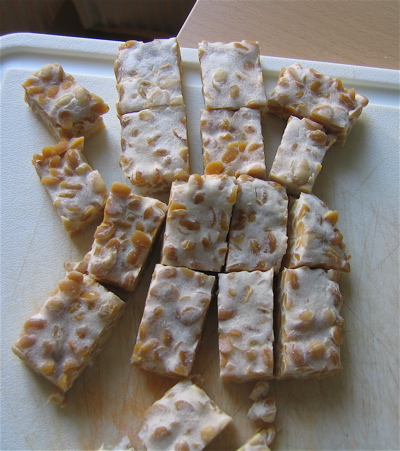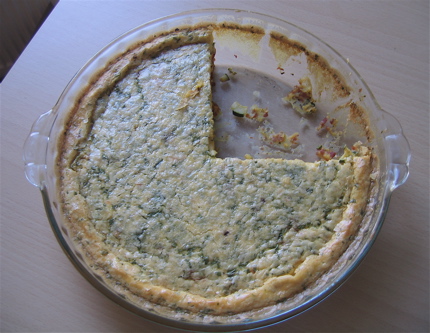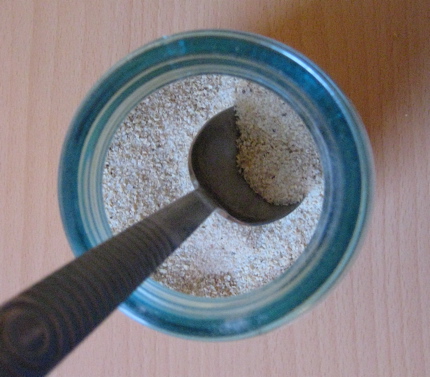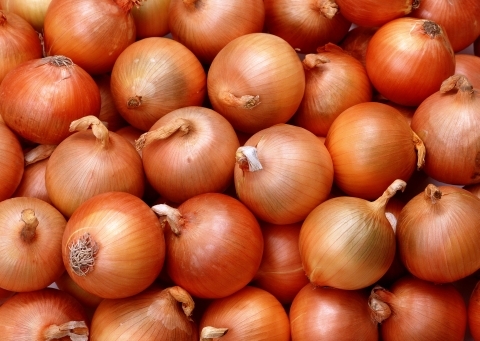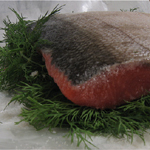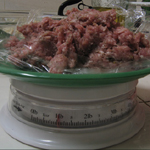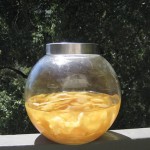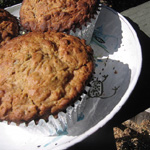Perhaps you would have chuckled if you saw me leaping into the air, grabbing at bunches of elderberries that grow alongside Moody Road yesterday morning… without a ladder, one must leap! That’s right — it’s the time of year when elderberries are ripe, and just waiting for wild food enthusiasts to come harvest them.
I’ve been interested in wild foods for a while now (nettles, lamb’s quarter (aka pigweed), dandelion), but usually, I procure these things at the farmer’s market. This was one of my first foraging experiences — and it was fruitful!
A couple weeks ago I picked up ‘Stalking the Wild Asparagus’ (circa 1962) by Euell Gibbons. This is a fantastic and fun-to-read book with lots of information about wild foods that reads like a personal narrative. After reading the chapter ‘A Salute to the Elderberry (with a nod to Sumac)’, I figured out that I have a (small) elderberry tree growing outside my front door! Who knew!?! It’s funny how things happen right under our noses and we don’t realize it! Once I figured this out, I started seeing elderberry trees everywhere! Really, I’ve seen no less than 40 trees while meandering around my neighborhood.
Elderberry tree with ripe fruit
So, yesterday morning I went foraging. In an hour or so of berry picking, I came away with about 16 cups (4 qts) of elderberries! Elderberries are tiny, about a half inch in diameter, and require a fair bit of work (de-stemming and rinsing) before they’re ready to use. The leaves and green stems MUST be removed before using the berries, as I hear there are trace amounts of poisonous substances present (namely cyanide, though I’m no botanist). The berries are completely edible and safe.
Rinsing Elderberries; skim off anything that floats to the top (dried flower petals, old berries, etc.)
I wouldn’t recommend using the berries raw, as they have a bit of a musty taste; however, when cooked or dried, any disagreeable taste disappears. With 16 cups of elderberries, I had quite a bit to work with — I made elderberry jam (recipe above), dried elderberries (to be made into chutney), and elderberry juice (for… cocktails? and perhaps another jelly recipe — this time with using crabapples for the pectin).
And I must say, the preserves turned out great! This is a fairly ‘loose’ jam, and is not overly sweet (a problem with many preserves). The hint of almond adds a wonderful complexity to the jam. And oddly, for all the preserves I’ve made, this was my first time using purchased pectin. Previously, I had shied away from commercial pectins for fear of strange additives and chemicals, but I found this at my local natural food store, and thought I’d give it a try. Pomona’s Pectin is a citrus based pectin, and does NOT require large amounts of sugar to jell properly (not the case with regular pectins like Sure-Jell, etc.). If you notice, this preserve has only about 25% the typical amount of sweetener in jams — usually it’s 1:1 fruit to sugar. Having had success with this low-sugar preserve, I envision many possibilities for preserves using low-pectin fruits (cherries, kiwi, peppers, tomatoes, etc.). I’ve also considered making my own pectin from slightly under-ripe crabapples, but this is a large endeavor on its own…
Well, foraging is an adventure in itself, and culinary delights often follow! I encourage you to get outdoors, find some edible wild foods, and try something new! You certainly won’t regret it! And a tip if you’re anywhere near Los Altos Hills, CA — there are a plethora of elderberry trees on Moody road near Foothill college and Hidden Villa Farm; Page Mill Road also has 20+ trees.
And for the next foraging adventure — prickly pear!
Wild Elderberry Preserves with Honey and Almond
using Pomona’s Pectin (citrus-based)
makes ~ 4 1/2 – 5 cups4 c. mashed elderberries (from about 4 1/2 c. berries)
1/4 c. lemon juice
2 t. calcium water (from Pomona’s Pectin package)
1 c. honey at room temperature
2 t. Pomona’s powdered pectin
1 t. pure almond extractSterilize 5 cups worth of canning jars and their corresponding lids and rings according to your favorite method. (I heat the jars in a 250 degree oven for 15 minutes (or longer), and boil the lids and rings for 5 minutes; leave rings/lids in water until ready to use; leave jars in oven until ready to use)
In a heavy bottomed sauce pan, combine elderberries, lemon juice, and calcium water. In another bowl, combine honey and pectin powder and mix well. Bring fruit mixture to a boil, then add honey mixture. Stir vigorously for 2-3 minutes, return mixture to a boil, then remove from heat. Add almond extract and mix well. (Note: with no-pectin preserves, I would do a ‘jell test’ at this point — with Pomona’s pectin, the preserves jell as they cool, and a jell test at this stage won’t tell you anything)
Ladle preserves into jars, filling within 1/4 inch of the top, wipe rims clean, and close with lid and ring. Process in a boiling water bath for 5 minutes (add 1 minute for every 1000′ feet above sea level). Preserves will set as they cool (allow at least 5-6 hours). Stored in a cool, dark place, preserves will last for many months.
Cleaned, ready-to-use elderberries
« Oatmeal Summer Squash Muffins | Home | Wild Blueberry Muffins »
